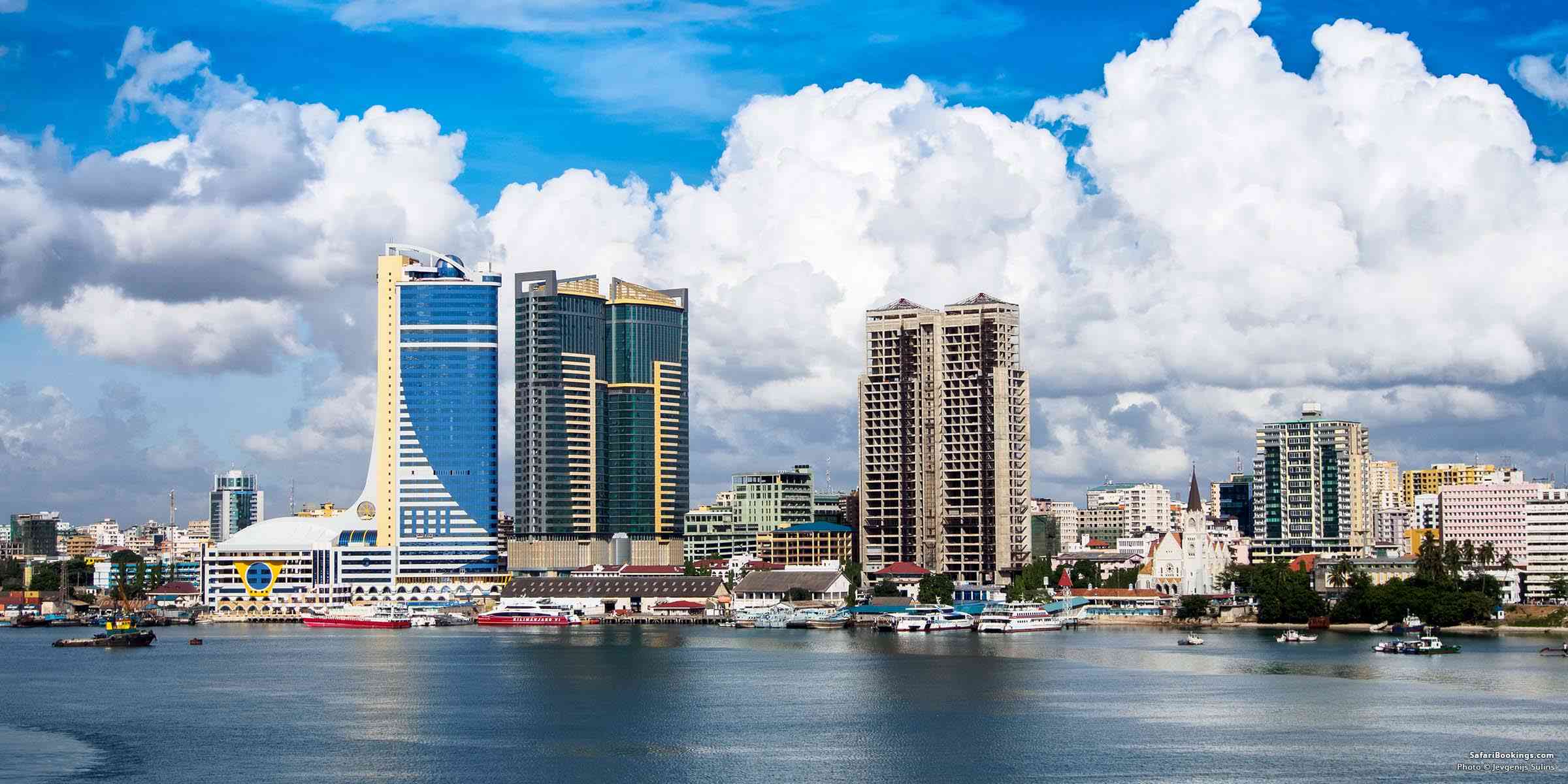
The Q2 inflation figure for 2022 was at 4.1%, while the Q3 figure was 3.9% year-on-year from Quarter 3 of 2021.
The main causes of the increase in inflation include, the increase in the price of food, transport and building materials.
The bank also announced the East African Community (EAC) regional bloc and the Southern African Development Community (SADC) of which Tanzania is a part, also experienced an increase in inflation rates.
This retreat, according to the Bank of Tanzania (BOT), is the fault of trading partners, and high commodity prices for continued pressure on the domestic market.
The Bank of Tanzania issued a report, stating“due to this unfavorable external environment, combined with domestic supply-side constraints, inflation continues to rise, reaching 4.8% in September 2022 in mainland Tanzania.”
The bank also noted that the increase in inflation is also due to external factors that affect the administration’s ability to modify some monetary policies.
However, the Bank stated that despite the rising inflation, inflation remains in line with the 2022/2023 fiscal year targets and the EAC and SADC convergence criteria.
The country’s ability to keep its head above water, thanks to the many initiatives made by the current Tanzanian administration to develop the economy.
In 2022, under the leadership of the country’s President, Samia Solusi Hassan, Tanzania’s investment opportunities tripled from last year. Read the story here.
Tanzania also has a knack for extending the hand of friendship to business partners far and near. In December, the country signed a 2.2 billion deal to help remove trade barriers between them and their neighbors.
Even during the World Cup, Tanzania found a way to use the large audience to increase its agricultural exports. Read the story here.